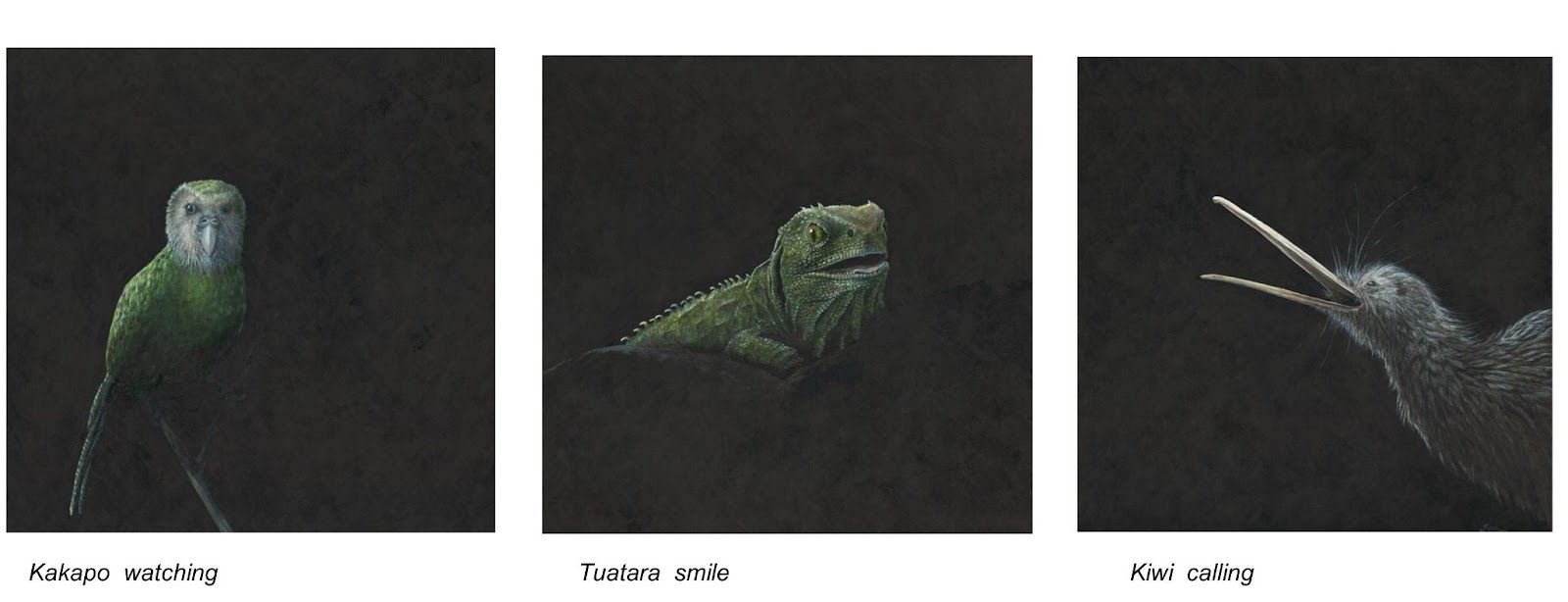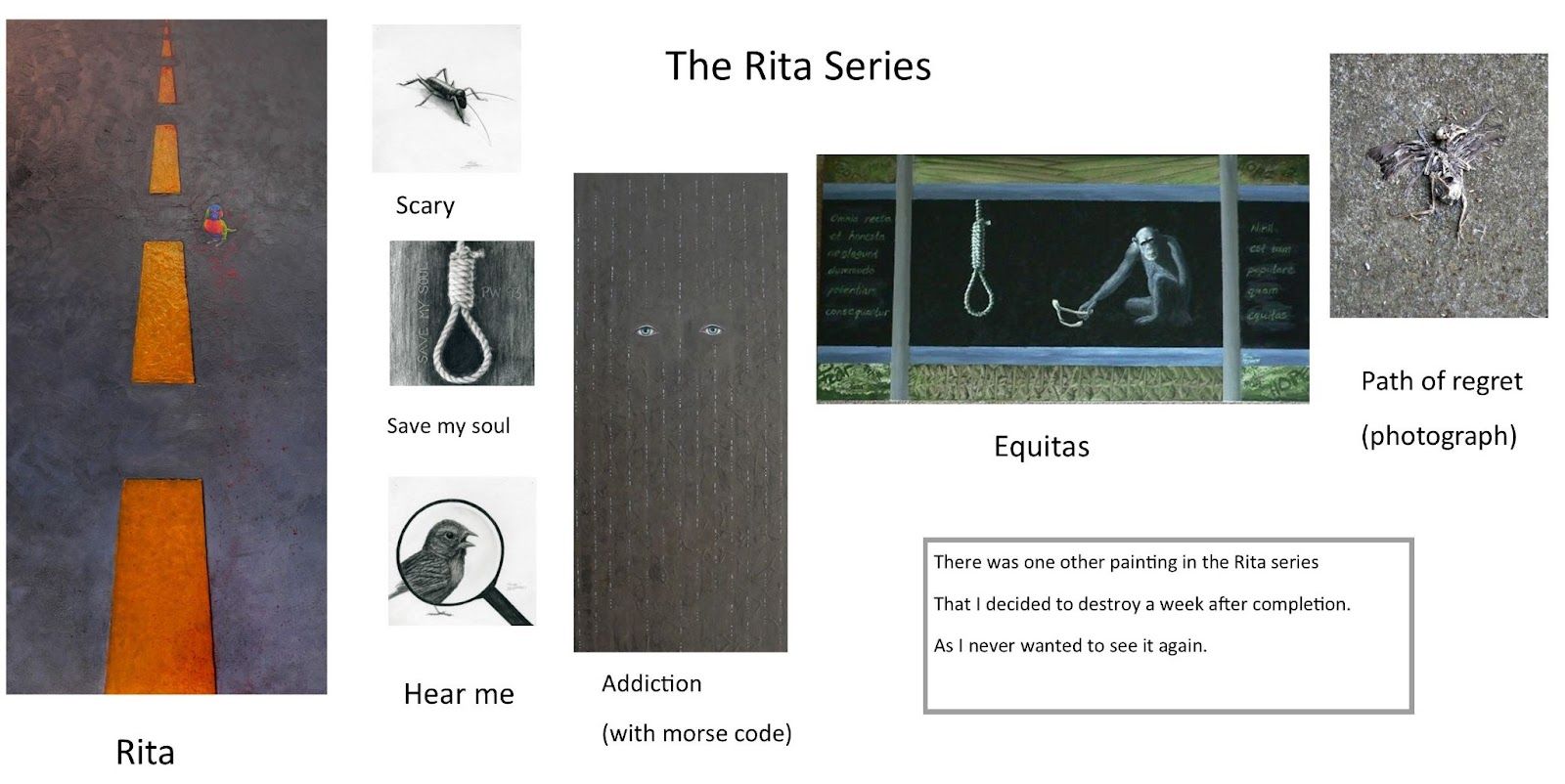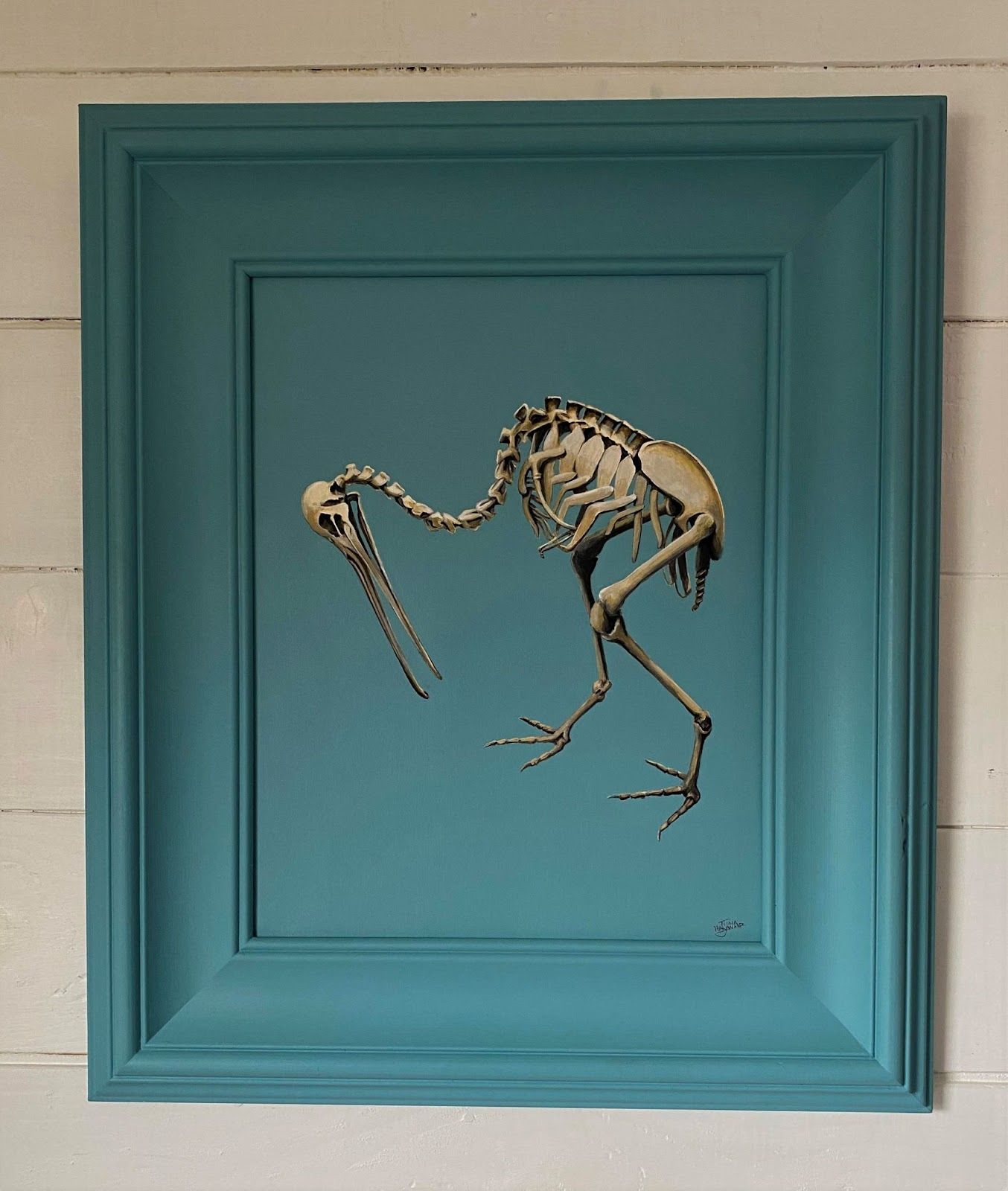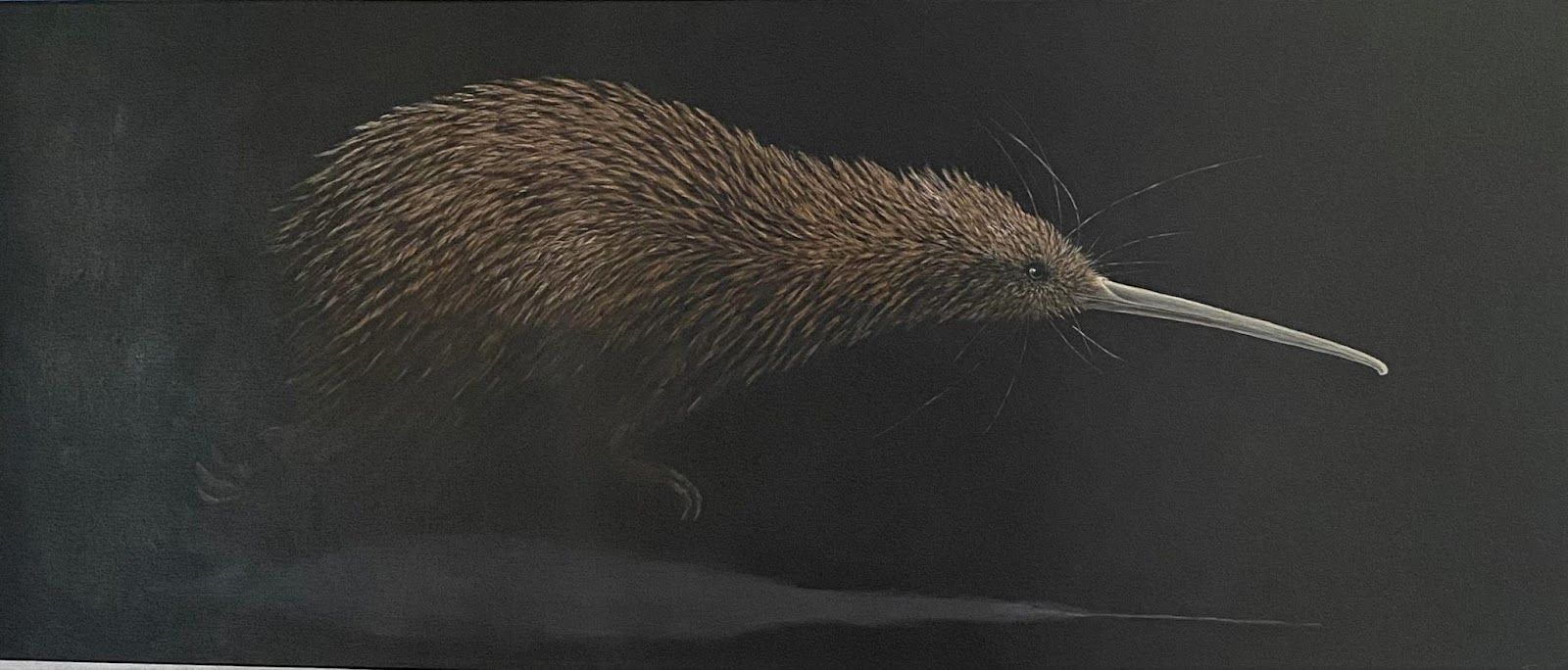VIDEO: Art Heals All
WATCH: Fiona Hayward considers herself lucky to be alive - this inspiring artist explains how her love of painting helped her out of hospice care and overcome stage 4 cancer.
Written by
This video is made with the support of NZ on Air Public Interest Journalism Fund.
Fiona Hayward has loved art most of her life.
In recent years, that life has thrown a number of challenges at her, many which would seem insurmountable to most. Few people go into hospice care with stage four cancer and find a happy ending to their tale.
But when she has felt at her lowest, her talent and her passion for painting and other creative outlets have played a crucial part in helping her heal - both physically and mentally.
Hayward shared her courageous and extraordinary journey as part of The Big Idea's video series - and detailed how she found her creative path.
Art class at high school was enjoyable and in 1979, I stopped creating art for other interests, briefly revisiting in the 1980’s with a 6 week art class with my mum.
It wasn't until 1998 while in my mid-thirties that I joined a local art group which helped me get back to painting again. From here on, I practised when time allowed. A friend who is an ornithologist explained the birds' behaviour behind each pose. I enjoyed painting miniatures of birds and slowly over time started doing slightly bigger works, finding the challenge of realism very gratifying. These three works gave me the confidence to start showing my artwork.

Between 2008-2011, I was feeling crushed within a toxic working environment.
So I turned to art - the Rita series became my voice to express the misery of this time. In 2009, Rita was a finalist in the NZ Painting and Printmaker Awards.

One day in 2010, as I was walking through town, the idea for the Endangered Species series was born. I could see the first painting clearly in my mind - a Kiwi calling out, high on a plinth that represented the line between endangered and extinction being in mankind's control. There's an enjoyment in working towards a goal and, slowly, I started working on getting panels ready.

From 2012, I was in a new job and making was making steady progress in getting artworks completed.
Life-threatening news
After surgeries in November 2016 and February 2017 for ovarian cancer, I got the all clear.
Then three months later, in June 2017, I was diagnosed with stage 4 cancer SCC of unknown origin.
It was a shock, how could I go from getting the all clear to stage 4 with a completely different cancer in just a few months?
My head was spinning with all the things I had not yet accomplished. A bucket list of the things I had hoped to do also included art and I refused to accept that I had only one more birthday left to celebrate.
Possible treatment options were limited to private care, fortunately for me, Mum covered the cost of treatments.
Beginning with combined chemotherapy, I set myself long and short-term goals; Long-term was to have my first solo exhibition and short was to complete one artwork at a time. These short-term goals really helped create thoughts for a future. Although tired from treatments, drawing wildlife was improving my technical skills and new ideas were flowing.
December 2017 - the chemo was no longer effective and a course of radiation began. I kept my thoughts focused on art. In the beginning of March 2018, I was full of energy and excited about the art works in progress and so looking forward to when I’d have enough works completed for an exhibition.
Radiation did not work for me and the cancer mutated, by the end of March, as my birthday arrived, I was bedridden as a rapidly growing tumour tore through my skin - it was horrific and I was terrified. In April 2018, I changed oncologists, had surgery and started a new immunotherapy treatment and it is this that I owe my life to.
Being admitted into hospice in May 2018 to change and stabilize pain medications didn’t ease my already nervous state of mind and I was afraid I would die there.
It was here they introduced me to the hospice art therapy group. I regularly attended hospice art therapy for the next few years, it gave me the freedom to paint without putting any pressure on myself for an expected result. Painting flowers and heart patterns on rocks was fun - and these doorstops are still in use at home today.
One year passed and I was still alive! Setting February/March 2020 as the date for my first solo art exhibition was the long-term goal I needed, giving me a point of focus while in treatment and needing care. The short-term goal of completing one artwork at a time was successful in getting enough pieces ready in time - I was starting to feel hopeful.
Beating the bucket list

Finally, my first solo exhibition was here - and so was COVID. Making friends with another artist who was exhibiting at the same time provided a new motivation to try and do more with my art.
2021/2022 saw me tick off a few more items from the bucket list; visiting friends and family, seeing the Albatross colony in Dunedin, spending more time with our kids and getting up close to Kiwi & Tuatara. Thanks to Race for life, I enrolled at Waikato University for Earth101, an introductory earth sciences paper. Learning about soils, water and climate change was fascinating and inspired new works - this one titled Climate #1 was a finalist in the 2022 Tasman Art awards.
Another new idea during this time was to do a series of life-sized wildlife artworks, titled ‘In Life’.
Visiting zoos, museums and wildlife sanctuaries created so many new ideas that I wasn't sure what to start on next. Being able to tag along on a Kiwi health check was a once-in-a-lifetime experience to treasure. I adore the kiwi running on display in the nature section of Te Papa Museum and started on another new series of works I have wings.

By 2023, I have made sixty and am in good health. One my drawings, Tuatara #3, made the finals of the Edinburgh Art Awards in Dunedin.
Having started on the In life series of life-sized wildlife, the Mollymawk albatross is my most ambitious painting to date and was proving too much for me. I was finding this more difficult than expected and it was also too costly in materials to justify continuing.
Like many other people at this time, financial hardship was taking its toll emotionally and efforts to sell items and campaign for funds were unsuccessful.
I had failed and the spark to create had gone out.
Not wanting any reminders of my lost dreams, I started packing up my paints and unsubscribing from arts newsletters.
While unsubscribing from one arts platform I explained why in my feedback and the editor contacted me - he was interested to hear my story. Writing this down has been surprisingly therapeutic and has created an important turning point where I ask myself, 'why did I stop doing something that drives me forward? and what do I need to change so that I don't reach this point again?'
Art is and has always been a constructive therapy for me. In bad times, I paint to express the things I cannot find the words to say and in good times, I feel so much happier when creating. Family and friends have been very supportive of my art - perhaps they saw long before I did that creating art improved my mood.